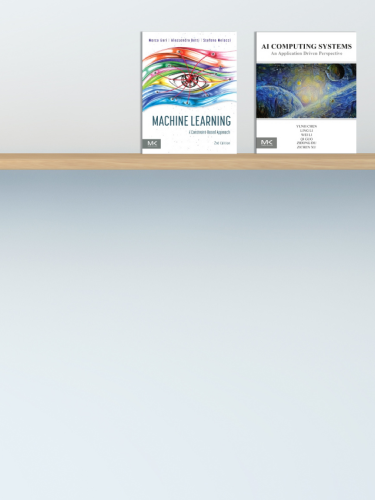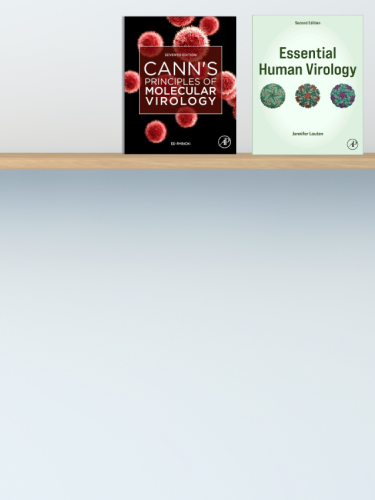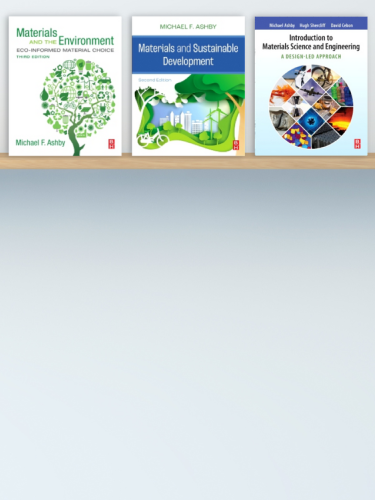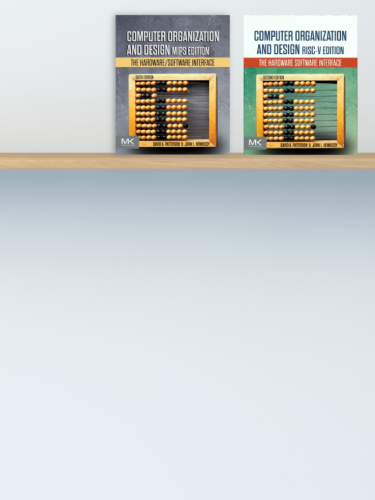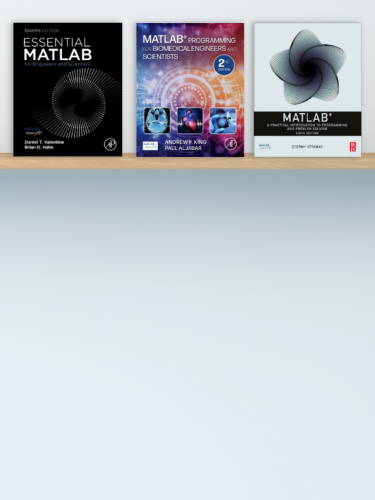Search
Passwords do not match, please check.
We sent you an email with instructions to change your current password.
Please enter your email address
You have entered an invalid email
Oops! <br>This account has not been activated.<br>Please follow the link in the email we sent when you registered or <a href="https://inspectioncopy.elsevier.com/register" class="inline" target="_blank">Click here</a> to start again.
We didn't recognize your details. Please check your email address and password.
Request cannot be cancelled. The approval process has already begun
Please complete the reCAPTCHA images.
Oops! Something went wrong. Please try again later.
Data not found
https://inspectioncopy.elsevier.com
You have been logged out please login first
No
Yes
Close
Close
Ok
For healthcare educators in North America, instructor review copies and teaching materials are available on Elsevier Evolve.
Would you like to be redirected?
You are activating the banner for ALL regions and languages.
You are deactivating the banner for ALL regions and languages.
Cancel
Are you sure you want to cancel your request?
Are you sure you want to delete this address from your profile?
Are you sure you want to delete this FAQ?
Are you sure you want to delete this address? An address is needed to request a print inspection copy
Are you sure you want to disable this address from your profile?
Are you sure you want to disable this address? An address is needed to request a print inspection copy
Welcome to the new Inspection Copy website!
Log in to discover great new content for your courses now.
Edits have been made. Are you sure you want to exit without saving your changes?
Are you sure you want to delete this institution from your profile?
You have been logged out. Please log in to provide your feedback.
Request
Pre-order
Upload failed because the file size exceeds 5 megabyte
Request
Pre-order
Copied to clipboard
Back
Next
Skip
Done
Welcome! Let us show you around so you can get started
See your notifications each time you log in
Click your user icon to navigate your account information
You can change book catalogue to find books in other languages
You can view the website in a different language
Quick access to your inspection copy requests for review and providing feedback
Welcome to your ‘My Inspection Copies’ area! Here, you can:
access your digital inspection copies
access teacher/student resources (if available)
Submit your feedback
All your inspection copy requests are listed here.
And the latest status can be found here too
When your request is approved, click here to view the textbook
Click here at any time to tell us if you’re adopting the textbook
You can sort your view anytime to manage your list of inspection copies
When your list gets longer, you can search your inspection copies here
Continue
Books
Uncategorized
Core
Supplementary
Recommended
This section is empty. Drag books here to organize them.
Please select at least one to continue
Please complete the mandatory field
Select Institution
Select program
Institution
Add
Cancel
Pending
Can’t find your institution in the list? Click ‘Add’ to enter manually
Confirm
Are you sure you want to delete this list from your account?
(You will not be able to recover it later.)
This list is empty.<br> Add books that you'd like to read here.
This page is empty.<br> Add new lists here.
Are you sure you want to cancel?
Book successfully copied!
Book successfully moved!
Remove a list
Book list
Export list
https://inspectioncopy.elsevier.com/profile/export-list
Edit
More
Remove



